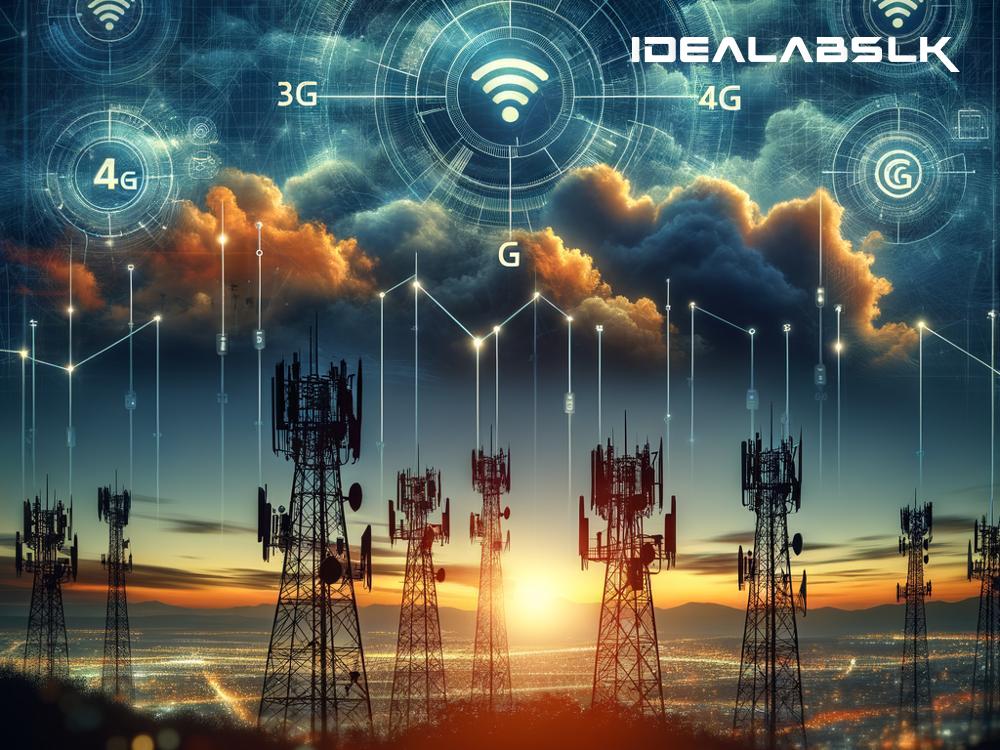The Evolution of 4G Networks: A Journey to High-Speed Connectivity
In the world of telecommunications, the evolution of mobile networks has been nothing short of revolutionary, with each new generation introducing breakthroughs that have drastically changed how we communicate, work, and entertain ourselves. Today, let's dive into the fascinating history of 4G networks, a technological leap that has brought us into the era of high-speed internet and seamless connectivity.
The Dawn of 4G: A New Dream
The story of 4G begins in the late 2000s, amidst a digital landscape dominated by 3G networks. While 3G had already brought the internet to our mobile phones, it was often slow, struggled with video streaming, and sometimes felt like waiting for a kettle to boil. Visionaries in telecommunications dreamed of something faster, more reliable, and capable of handling the increasing demand for mobile internet. That dream was 4G.
What is 4G?
In simple terms, 4G stands for the fourth generation of mobile network technology. It's the successor to 3G, designed from the ground up to provide faster internet speeds, improved reliability, and a smoother experience for activities like streaming high-definition videos, gaming, and video calling.
The Birth of 4G Networks
The journey of 4G officially began in 2008 when the International Telecommunications Union (ITU), a key body that sets global standards for communications technologies, laid down the specifications for what would become known as 4G networks. The initial standards were ambitious, promising unprecedented speeds and capabilities.
It wasn't long before the first 4G networks began rolling out. In 2009, Sweden and Norway became pioneers, launching the world's first commercially available 4G services. These early networks were based on a technology called LTE (Long Term Evolution), which would become the backbone of 4G technology worldwide.
The Global Spread of 4G
Following its Nordic debut, 4G technology quickly spread across the globe. By the early 2010s, countries around the world were launching their own 4G networks. The United States, Japan, South Korea, and Australia were among the early adopters, each racing to provide their citizens with faster and more reliable mobile internet.
One of the key moments in the history of 4G was the launch of the first LTE 4G phones. In 2010, the HTC ThunderBolt made waves as one of the first smartphones to support LTE networks, marking the beginning of a new era in mobile communication devices capable of leveraging the full potential of 4G speeds.
The Impact of 4G
The effects of 4G technology on society have been profound. For one, it has completely transformed the way we use the internet on our mobile devices. Streaming music, watching high-definition videos, playing online games, and video calling are now seamless experiences, even on the go. 4G has also had a substantial impact on industries, enabling new technologies such as the Internet of Things (IoT), smart cities, and cloud computing to flourish.
Moreover, 4G has played a crucial role in bridging the digital divide, providing fast internet access to remote and rural areas that were previously underserved by broadband services. This democratization of access has changed lives, offering new opportunities for education, business, and healthcare to millions of people worldwide.
The Legacy of 4G and Beyond
As we look back on the history of 4G, it's clear that its introduction was a pivotal moment in the digital revolution. By dramatically improving internet speed and reliability, 4G networks have laid the groundwork for what's next: the transition to 5G. With even faster speeds, lower latency, and the capacity to connect more devices simultaneously, 5G promises to build on the legacy of 4G and propel us into a new era of connectivity.
In conclusion, the history of 4G networks is a tale of innovation, global collaboration, and the relentless pursuit of a connected world. It's a story that underscores the transformative power of technology and offers a glimpse into a future where the possibilities are as limitless as our collective imagination. As we embrace the future, we do so standing on the shoulders of the 4G giants, ready to explore the next frontier in the evolution of mobile networks.

